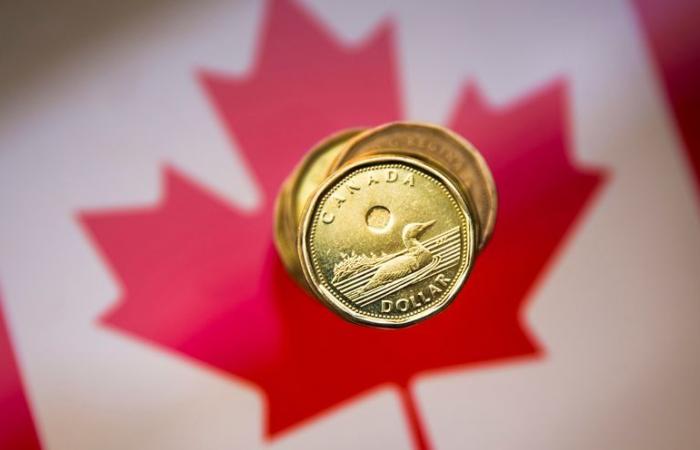The Canadian dollar hit a two-year low against its U.S. counterpart on Tuesday as the prospect of inflationary U.S. economic policy supported the greenback and widened the gap between U.S. and Canadian bond yields.
The loonie was trading 0.2% lower at 1.3945 per U.S. dollar, or 71.71 U.S. cents, after hitting its weakest intraday level since October 2022 at 1.3967.
“The loonie joins the rest of the G10 as the dollar continues to take center stage,” said Amo Sahota, director of Klarity FX in San Francisco.
“Team Trump is taking shape and, unsurprisingly, it appears to be the team that will build on campaign promises. This points to firmer inflation, increased spending and continued uncertainty about the extent of the impact of tariffs.”
The U.S. dollar rose to a six-month high against a basket of major currencies, buoyed by President-elect Donald Trump's expectations to impose inflationary tariffs on imports.
Canada's energy industry does not expect Trump's sweeping plans for protectionist trade measures to include tariffs on Canadian oil imports because many U.S. refineries rely on barrels from north of the border.
The drop in the loonie was less significant than that of all the other Group of Ten currencies.
Canada has decided to end labor disputes at the ports of Vancouver and Montreal, citing economic damage and the risk of alienation from trading partners.
The Canadian 10-year yield rose 8.9 basis points to 3.271%. However, the gap between this yield and the US equivalent widened by 3.3 basis points to reach around 116 basis points in favor of the US rating, the largest gap according to LSEG data going back to 1995.
“The widening of the yield gap is difficult to argue with and will keep the loonie on the ropes,” Mr. Sahota said.






